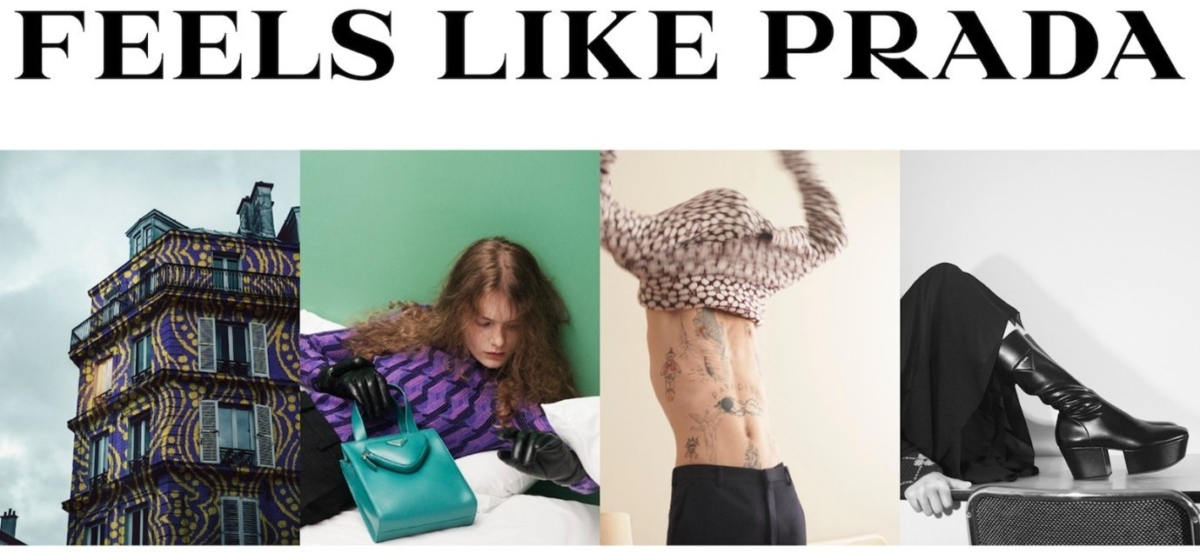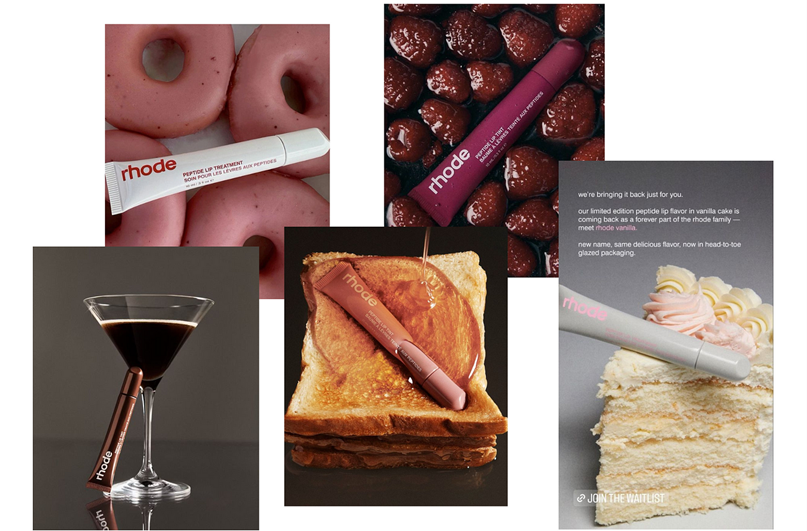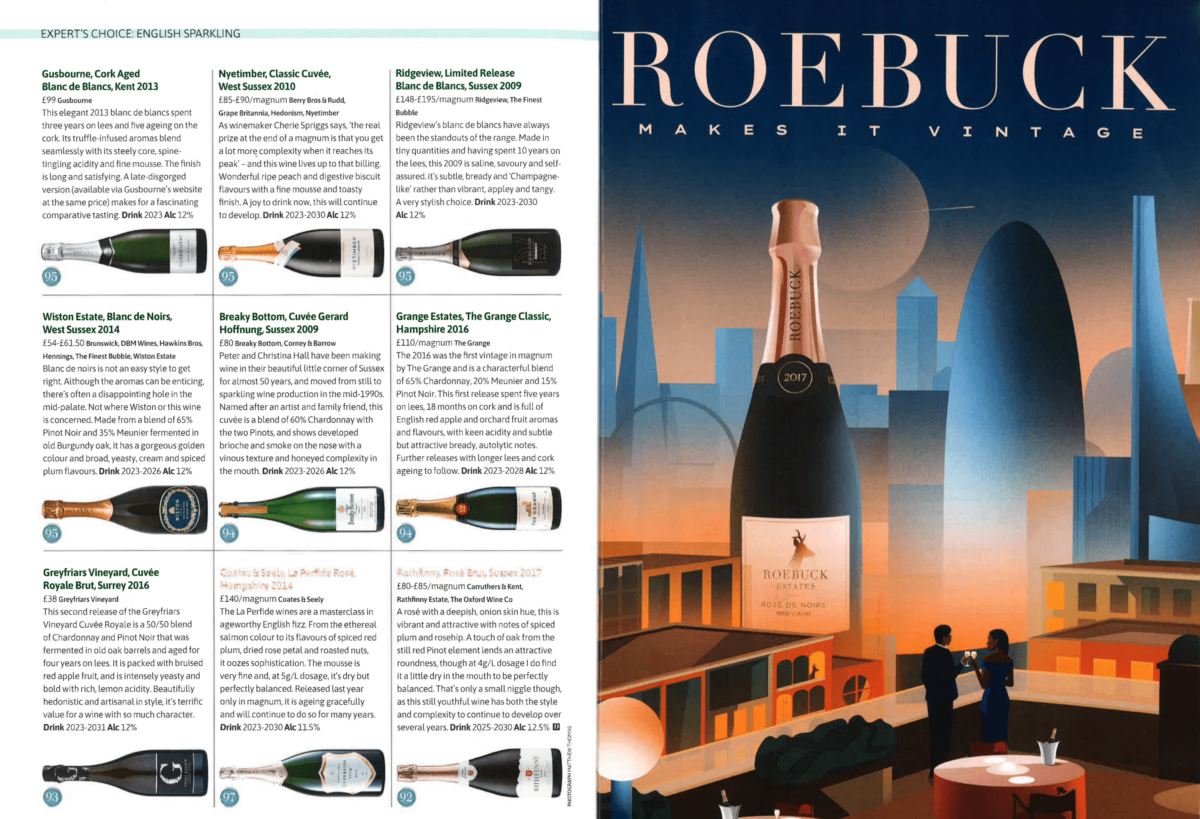As part of our two-week takeover for International Women’s Day, we’re shining a spotlight on the talented female voices within JAA. Today, Media Executive Shannon Donovan explores…
The Power of Sensory Advertising
In advertising today, brands are always looking for new ways to engage their customers. A powerful strategy could be sensory marketing. By engaging the five senses – sight, sound, touch, taste, and smell – brands can create emotionally stimulating experiences that connect with consumers on a deeper level.
But what exactly is sensory marketing, and how can it help? Let’s look into the ways it works and why it is so effective for branding.
What is Sensory Marketing?
Sensory marketing helps brand experiences that stimulate the senses to influence consumer behaviour. It’s about connecting with customers beyond just what they see, tapping into their emotions and thoughts, and creating multisensory experiences.
The Five Senses and Their Impact on Consumer Behaviour
1. Sight: Visual Appeal and Branding
Vision is our most dominant sense when interacting with the world around us. In marketing, sight is central to creating brand recognition. Colours, logos, and design all play a role in conveying a brand’s identity.
Example: Apple’s simple logo took its original form in the 1970s, and has evolved with the modern times through colour and tone, though the logo outline remains the same, thus enforcing that memorable brand recognition.

Tip: Keep a consistent logo across all customer touchpoints from your website down to social media pages.
How JAA uses Sight: Utilising large OOH to create a massive visual impact, for instance with Garmin and their Beat Yesterday campaign, and Palmer’s with their anthropomorphic murals.

When looking into how we can evoke visual appeal for those who can’t see, our charity client RNIB has a great guideline on how to make social media accessible through image descriptions and alt text. Click here to check this out.
2. Sound: Jingles and Sonic Assets
Sound is a powerful tool in sensory marketing. Music can affect emotions and in turn actions. The right soundtrack can bring feelings of nostalgia, whilst a clear sonic asset provides memorable brand recognition.
Example: McDonald’s “I’m Lovin’ It” brand jingle is memorable which in turn improves brand recall.

Tip: Experiment with sounds and build a powerful sonic asset to enhance the messaging of your brand.
How JAA uses Sound: JAA Director of Planning, Alex Hurley, highlights in The Drum the important impact of a sonic asset.
3. Smell: Scents To Trigger Emotions
Scents have a direct connection to our emotions and memory, which adds to a brand experience. The right smells can quickly create positive associations and impact a consumers’ perception.
Example: Abercrombie & Fitch successfully used their “fierce” signature scent in the 90s and early 00s, creating a memorable and consistent sensory experience that customers continue to associate with the brand.

Tip: Consider how scents can evoke feelings of comfort or luxury, whether that be visual representations through graphics on advertising campaigns, or a signature scent within a retail store.
How JAA uses Smell: Our brand Palmer’s immersive Palmer’s Green activation included scented infusions at the entrance to the station.

4. Touch: A Tactile Experience
Touch is often overlooked as it may be deemed “harder to market”, yet it can showcase how we connect with products and brands. The texture and feel of packaging can influence our perceptions of quality.
Example: In 2021, Prada launched a campaign featuring the slogan “Feels like PRADA,” a smart strategy to position their products as luxurious and high-quality.

Tip: Explore words and images that can convey product quality, enhancing the tactile experience.
How JAA uses Touch: For charity RNIB we partnered with Mail Metro Media to create the UK’s first-ever braille national newspaper cover.

5. Taste: Brand Association Through Flavours
Taste is perhaps the most direct form of sensory marketing, particularly for FMCG brands, though these do not necessarily need to fall into this category.
Example: Hailey Bieber’s Rhode Skincare campaign shaped her brand through the “flavours” of her products, giving the viewers a multisensory experience.

Tip: Give the customer an “experience” of your product through sensation imagery.
How JAA uses Taste: JAA did a sparkling wine tasting in partnership with The Spectator, for English Vineyard Roebuck Estates.

Turning Sensory Insights into Action
Sensory marketing provides a unique opportunity for brands to differentiate themselves and create a more engaging, memorable customer experience. Whether that be a consistent brand logo or sonic asset, or even down to an experience of taste and smell through clever wording and imagery.
As media planners it is our role to push the boundaries of what media can do. By engaging with the senses, we go above and beyond typical media planning.



